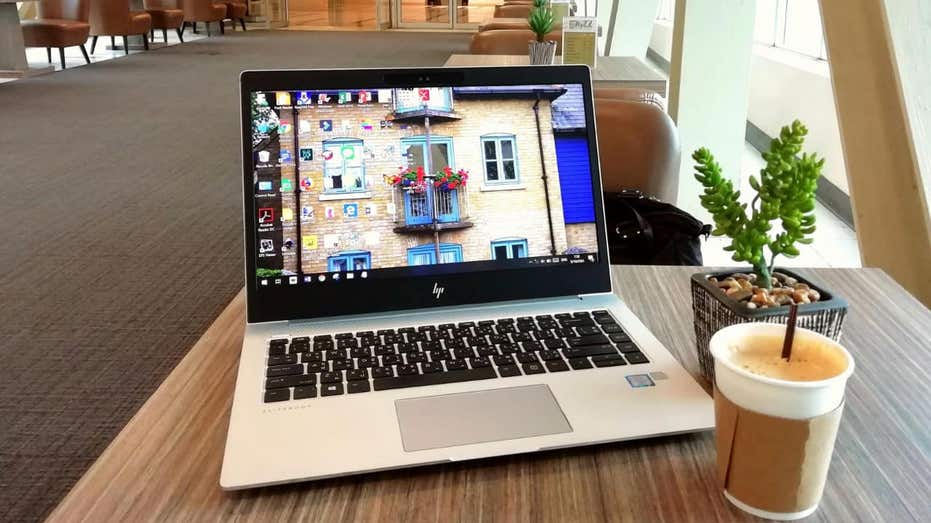
ARCHEYES.COM
Taschenturm Ensemble: BÜRO MÜHLBAUER Transforms Historic Farm Near Taschentorturm
Taschenturm Ensemble | © Ralph Feiner
In the shadow of the 14th-century Taschentorturm, one of Ingolstadt’s few remaining medieval gates, BÜRO MÜHLBAUER has undertaken a quiet yet profound transformation of a derelict city farm. Once a modest ensemble of residential and agricultural uses, the site—comprising a house, barn, and inner courtyard—has been reimagined as a multi-unit residential complex. While its new life speaks to contemporary needs, its architectural vocabulary remains in active conversation with the past.
Taschenturm Ensemble Technical Information
Architects1-3: BÜRO MÜHLBAUER
Location: Ingolstadt, Germany
Area: 180 m2 | 1,940 Sq. Ft.
Project Year: 2019 – 2024
Photographs: © Ralph Feiner
Thanks to the close cooperation between the private investor and the architects, a sustainable use was made possible.
– BÜRO MÜHLBAUER Architects
Taschenturm Ensemble Photographs
© Ralph Feiner
Entrance | © Ralph Feiner
© Ralph Feiner
© Ralph Feiner
© Ralph Feiner
© Ralph Feiner
© Ralph Feiner
© Ralph Feiner
A Dialogue with History and the Urban Fabric
Set within the historic perimeter of Ingolstadt, the project site holds a unique corner condition that accentuates its presence in the cityscape. The proximity to the Taschentorturm, a vestige of Ingolstadt’s medieval expansion, imbues the ensemble with symbolic and spatial significance. The architectural intervention navigates this layered urban palimpsest with restraint and clarity.
The ensemble’s original function—residential living and agricultural production—reflects a bygone mode of urban-rural adjacency. From the 16th century to the mid-20th century, these buildings bore witness to shifting societal patterns, culminating in their eventual abandonment. Their vacancy, however, became a latent opportunity—an architectural tabula rasa charged with historical weight.
Rather than erase or romanticize the past, the architects embraced the site’s complexities. The project resists nostalgic reconstruction; instead, it positions architectural reuse as an act of continuity and responsibility. This posture foregrounds the city’s evolving identity, making heritage not an object of preservation alone but a participant in contemporary urban life.
Spatial Reconfiguration and Adaptive Typologies
The adaptive reuse strategy preserved the ensemble’s fundamental logic while unlocking new spatial potentials. The original house now accommodates three distinct residential units, including two maisonettes and a single-level apartment—each calibrated to the existing structural grid. The barn, previously in a state of structural precarity, was reconfigured as a vertical townhouse across three floors.
This reprogramming emphasizes a spatial dialogue between historical constraint and contemporary fluidity. The townhouse unfolds in a vertical sequence culminating in the restored roof truss. This spatial crescendo exposes the structural intelligence of the original timber construction while framing new domestic experiences.
Equally thoughtful is the approach to the courtyard. Once a utilitarian space centered around a dung heap, it now operates as a shared outdoor room. A raised platform gestures to the site’s agrarian past, while including native species such as climbing hydrangea and mulberry tree reinscribes the courtyard within the local ecological context. This outdoor space, accessible to all residents, embodies a rare moment of urban collectivity—intimate yet open, historical yet reimagined.
Material Strategy and Construction Logic
The project’s architectural language is defined by its tactility and measured intervention. Structural integrity was addressed in the barn by inserting a new concrete shell, poured on-site in three successive phases. This element, characterized by its handcrafted board-formed texture, becomes a quiet protagonist in the interior. It performs both as a load-bearing structure and as a sculptural counterpoint to the patina of the existing masonry.
What might have been a conflict between old and new is resolved through material honesty and spatial calibration. The use of single-sided formwork—necessary due to the preserved outer walls—resulted in a monolithic expression of the concrete, textured with the imprint of rough-sawn boards. This roughness echoes the raw materiality of the original barn, creating a conversation rather than a contrast.
Importantly, core insulation allowed the architects to retain the 200-year-old masonry without invasive retrofitting. This decision exemplifies a “minimum intervention, maximum effect” approach: energy performance is improved while the historical fabric remains legible and intact. The selective upgrade of the outer walls further underscores the studio’s commitment to precision over replacement.
Architectural Significance and Sustainable Narratives
BÜRO MÜHLBAUER’s intervention is as much a cultural gesture as a technical one. At a time when heritage preservation is often polarized between cosmetic facadism and total erasure, this project models a middle path—one rooted in architectural intelligence and material humility.
From a sustainability perspective, the project demonstrates a multi-scalar sensibility. District heating, minimized material waste, and retaining embodied energy through reuse all contribute to a low-impact footprint. But more critically, the sustainability lies in the project’s social and urban continuity. It reinforces local identity, supports a living heritage, and offers a model of urban densification without sprawl.
The collaboration between the private client and public funding agencies enabled this careful restoration, illustrating how architectural vision, policy support, and civic engagement can align. The result is a housing solution that neither mimics nor disavows the past. Instead, it proposes a living archive, where history is not preserved behind glass but inhabited and adapted.
Taschenturm Ensemble Plans
Ground Level | © BÜRO MÜHLBAUER
Level 2 | © BÜRO MÜHLBAUER
Level 3 | © BÜRO MÜHLBAUER
Section | © BÜRO MÜHLBAUER
Detail | © BÜRO MÜHLBAUER
Taschenturm Ensemble Image Gallery
About BÜRO MÜHLBAUER
BÜRO MÜHLBAUER is an architecture firm based in Ingolstadt, Germany, specializing in residential architecture. The firm is led by Andreas B. Mühlbauer, who served as the city architect of Eichstätt from 1990 to 2000, became an independent architect in Ingolstadt, and was appointed to the BDA (Association of German Architects) in 1999.
Credits and Additional Notes
Collaborators: Alexander Mühlbauer, Andreas B. Mühlbauer, Andreas J. Mühlbauer
Landscape Architecture: Maurus Schifferli
Artist: Michael Schölß
0 Комментарии
0 Поделились
65 Просмотры










